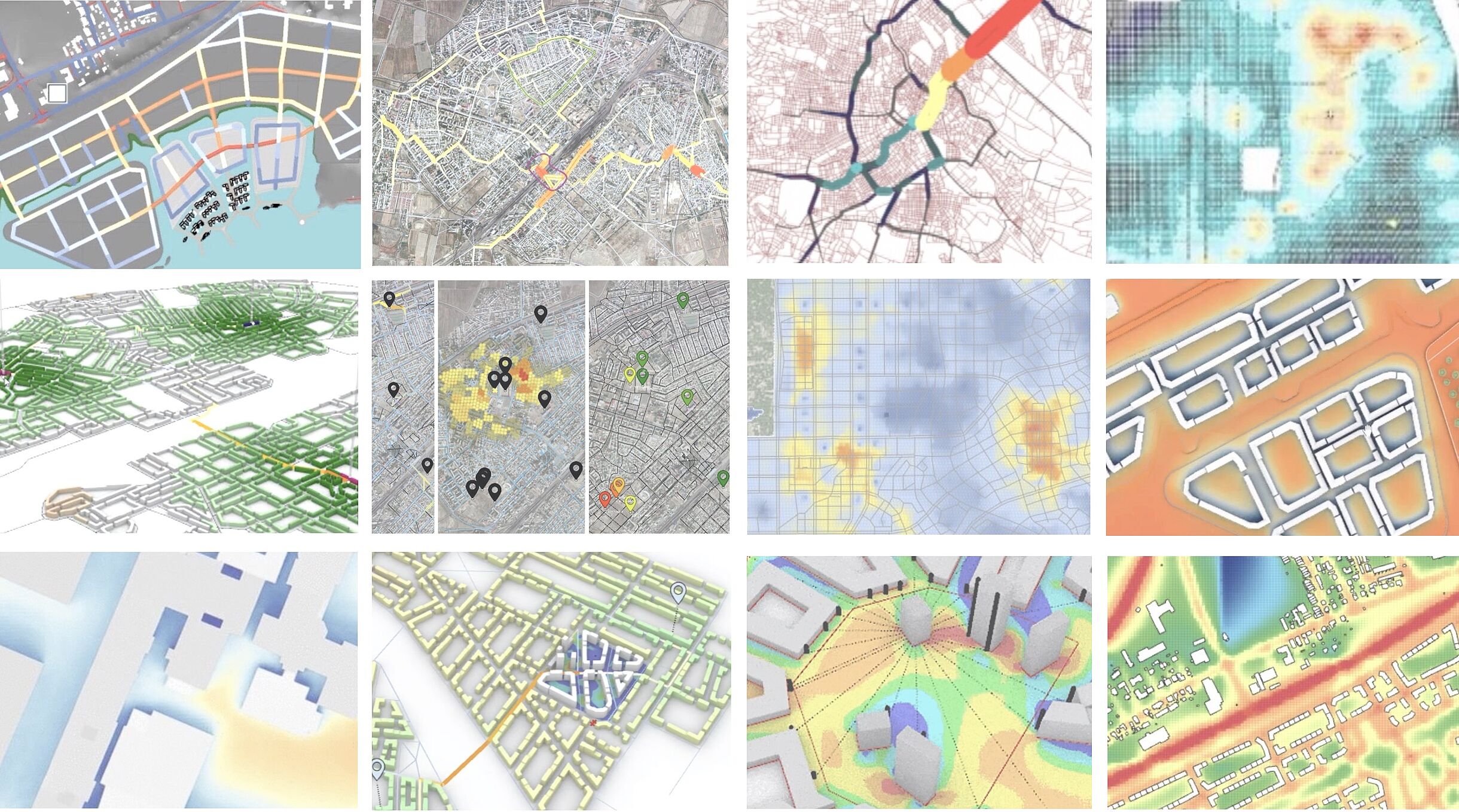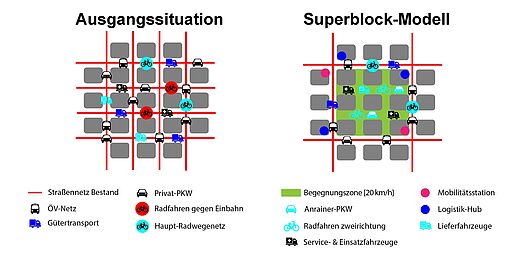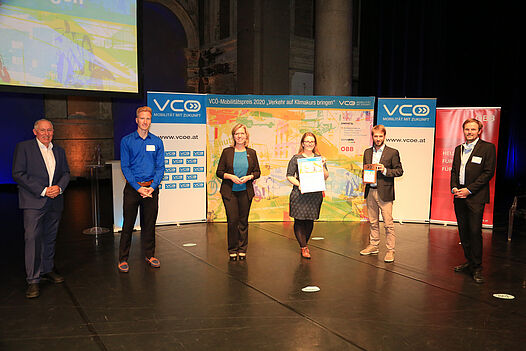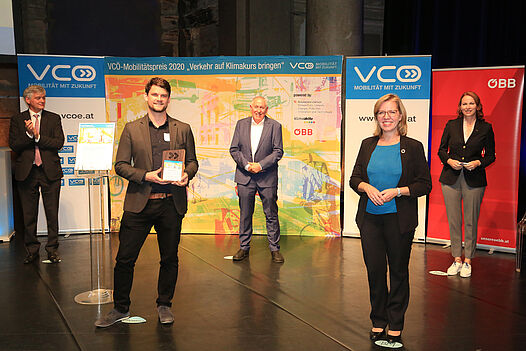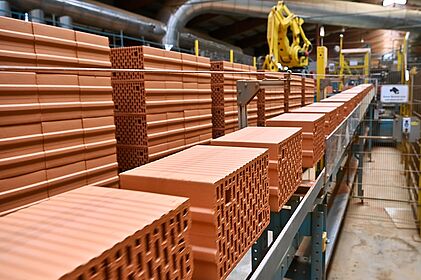How can the quality of life of people in the immediate living environment be improved? How can the mobility needs of the urban population be met in a better and more environmentally friendly way in the future? With forward-looking answers to these questions, researchers from the AIT Austrian Institute of Technology were able to score points at this year's VCÖ Mobility Award.
The constantly growing traffic is making life increasingly difficult for many people in the city. Never-ending avalanches of cars, noise, exhaust fumes, lack of public space, etc. significantly reduce the quality of life. The concept of so-called "superblocks" shows that there is another way: By redesigning city districts according to this principle, public space, mobility and the way people live together in a city can be reorganized. In superblocks, blocks of houses that are accessible by foot are grouped together and comprehensive measures are taken to calm traffic. Specifically, motorized traffic is routed along the edge of the superblock in main traffic arteries. Within this area, a large, coherent encounter zone without through-traffic is created, in which pedestrians and cyclists have priority and stationary use of public space becomes possible instead of mobile use.
The ultimate goal is to make the public space more attractive and actually a livable living environment for the city's residents - while at the same time making room for climate change adaptation measures and creating new opportunities to promote the local economy.
Superblocks have already been realized in several cities in Spain and are also attracting a lot of attention in many other countries. In Berlin, for example, the first "Kiezblocks" have already been initiated by citizens.
Superblocks are livable neighborhoods
Now, the SUPERBE research project has investigated whether the superblock model could also be realized in Vienna. In this project, funded by the Austrian Research Promotion Agency (FFG) as part of the "City of the Future" program, researchers from the AIT Austrian Institute of Technology, together with colleagues from the Vienna University of Technology and lorenz consut, investigated three objectives in particular, using the city of Vienna as an example for Austrian cities: First, urban morphological neighborhood types were to be described as possible areas of application; second, implementation concepts for three concrete areas of application in Vienna were elaborated; and third, general recommendations were formulated in order to be able to assess implementation in Austrian cities and prepare possible follow-up projects.
"Vienna has excellent prerequisites and enormous potential for the application of the superblock concept with its urban structure, especially with the Gründerzeit building typology," Harald Frey from the Institute of Transportation Sciences at the Vienna University of Technology summarizes a key project result. Building on this finding, automated spatial analysis methods were used to identify potential candidates for superblocks - specifically in the districts of Neubau, Hernals and Favoriten - and then quantify the traffic impact of a superblock. "In doing so, we paid particular attention to the modal shift, the acceptance of transport modes and the resulting modal split, as well as CO2 and energy savings," explains Anita Graser, researcher at the Competence Unit "Dynamic Transportation Systems" at AIT.
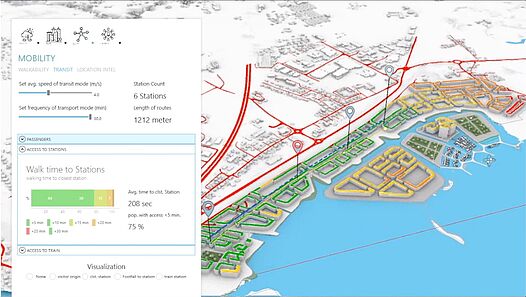
The AIT's City Intelligence Lab can be used, among other things, to simulate the changes that urban planning measures will have on the mobility of residents and the accessibility of a city district. In this way, many possible scenarios can be run through at an early planning stage. This allows planning and investments in infrastructure to be optimized and planning errors to be avoided.
A village in the city
The study clearly showed that the application of the superblock principle in the three test areas would be associated with numerous positive effects: For example, motorized individual traffic would decrease significantly, and a successive reduction in parking spaces in public areas could create more space for people. Previously sealed areas could allow new open space uses and be designed as green infrastructure. Residential streetscapes would become much quieter and cooler, allowing for more social interaction. This, in turn, would stimulate the local economy in the longer term, as local grocers and eateries in particular would benefit from more people on streets that invite people to linger. And last but not least, superblocks would be a contribution to active environmental and climate protection as well as health care, as greenhouse gas emissions would decrease and health impairments of the population would decline. "These pedestrianized "villages in the city" can develop as new social spaces and offer opportunities for increased participation of citizens* in the redesign of cities in the context of global challenges," explains landscape architect and process designer Florian Lorenz (lorenz consult).
The approach of the project consortium convinced the jury of this year's VCÖ Mobility Awards: The SUPERBE project was chosen as the winner of the category "Research and Scientific Studies".
Digital platform for holistic mobility planning
Of course, superblocks alone will not solve all the problems of urban traffic. After all, mobility is a basic human need, and the intensive linking of different urban districts is essential for the functioning of a city. Therefore, sustainable concepts are also needed for how urban traffic can be better planned and handled. An innovative approach to this has been developed in the "Intelligent Framework for Resilient Design" project - InFraReD for short. At its core, it involves a platform based on artificial intelligence (AI), Big Data and augmented reality (AR) that holistically simulates mobility in urban planning for existing and new buildings. "Currently, simulations are rarely used to assess the impact of urban planning measures on accessibility, or only isolated areas are considered. With InFraReD, we can design and optimize urban planning designs together with traffic and mobility plans right from the start of planning," explains Nikolas Neubert, Head of the Competence Unit "Digital Resilient Cities" at AIT.
The InFraReD platform makes it possible to analyze the interplay of building structure, accessibility, and source and destination locations in an integrated manner in order to run through and visualize hundreds of variants for the planning process within a very short time. This application was developed as an interactive online platform by the City Intelligence Lab (CIL) at AIT with partners from Giraffe Technologies.
For example, mobility and accessibility simulations can ensure that a new city district is designed in such a way that citizens* can do everything important in 15 minutes ("15-minute city") without having to use a car at all, but can comfortably walk, cycle and use public transport in their daily lives.
"With InFraReD, different variants and scenarios can be compared in early planning phases," explains Serjoscha Düring, a doctoral student at the City Intelligence Lab, who accepted the VCÖ Mobility Award 2020 in the "Digitization" category on behalf of the entire project team at a festive gala in Vienna's Odeon Theater. This facilitates planning processes for urban development projects enormously. In addition, infrastructure investments can be optimized, planning errors can be avoided, and positive effects for residents and businesses can be maximized.

